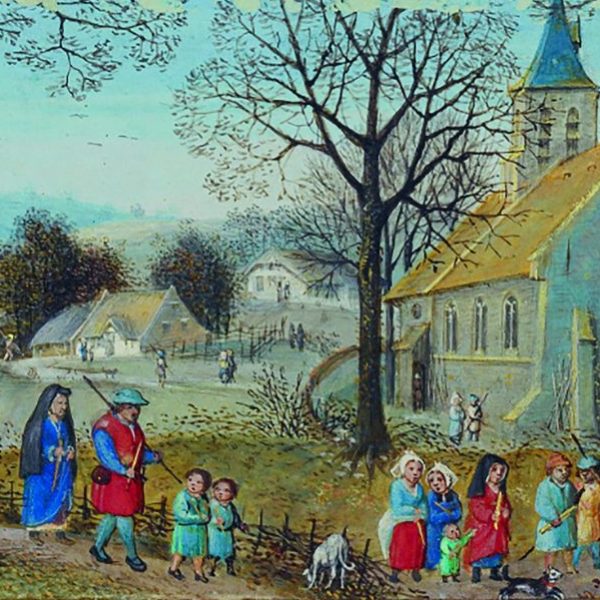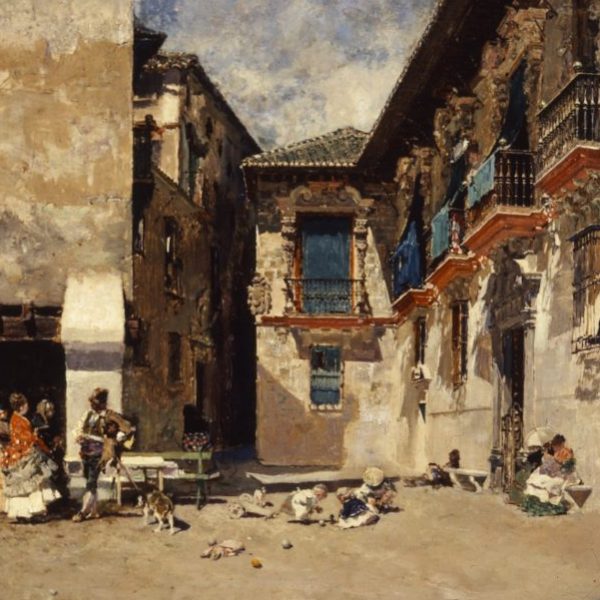To London, with Love: British Hispanists
Ivan Lett
For many Britons, there is a certain long-standing fascination with Spain. In the early colonial and modern periods, the great Spanish empire was a Catholic rival to newly-Protestant English prowess on the seas, culminating in the defeat of the Spanish Armada in 1588. So quickly after its rise to continental power, Spain seemed to retreat to confinement in its peninsula, falling back from the main story of western European history, particularly with its focus on British and French events.
The use of the word “Spain” at this early point in its history is contested by many. In the few decades since the end of Franco’s regime, historians—natives, too—have scrambled to readdress the mythologies of Spain’s history. Interestingly, I recently caught a review in the Wall Street Journal of Stanley Payne’s new book: Spain: A Unique History. As reviewer David Pryce-Jones notes, Payne’s previous work on the subject has mainly addressed Franco and the Spanish Civil War (Payne has three books with YUP on the subject), but his new book, out from Wisconsin, deals with a longer range of Spanish history, covering the dominant grand narrative: the stereotypical view of Spain that is both romantic and demonic in its portrayal of its political, religious, and cultural development since the Reconquista. While Mr. Pryce-Jones sees the issue of stereotyping Spaniards as moot, others like myself feel that understanding national identity and its origins are central to participation in an increasingly global society, even as those defining characteristics continue to be blurred by new alignments.
Most recently on the topic, I read British historian Henry Kamen’s book Imagining Spain: Historical Myth and National Identity, in which he gives his perspective on how and why the historical myths developed and persist to show that the congruent story of national unification  under the Catholic Monarchs and the associated instantaneous creation of “Spain” is more than somewhat fallacious; that, perhaps unsurprisingly, nothing is quite so simple. I’m curious to compare Payne and Kamen’s books: the former looks out to Spain’s place in the wider world while the latter focuses on how the identity developed from within.
under the Catholic Monarchs and the associated instantaneous creation of “Spain” is more than somewhat fallacious; that, perhaps unsurprisingly, nothing is quite so simple. I’m curious to compare Payne and Kamen’s books: the former looks out to Spain’s place in the wider world while the latter focuses on how the identity developed from within.
Now that the military rivalry of the 16th century has cooled, Spain, notably “Green Spain” in the north, is a popular destination for British tourists, and many in Galicia have begun to explore the Celtic roots of the region to emphasize its independent identity as one of Spain’s autonomous communities. The rich histories of each community tell different stories than the all-encompassing grand narrative of Spanish, largely Castilian, history. Given the diversity of Spain’s population and culture, it’s easy to bristle at the notion that they all suddenly united overnight. And while the greenery in northern Spain may be similar to landscapes in the British Isles, I’d rather take my chances with the warmer climate and an empanada over fog and shepherd’s pie any day.
Ivan Lett is Online Marketing Coordinator for Yale University Press.



